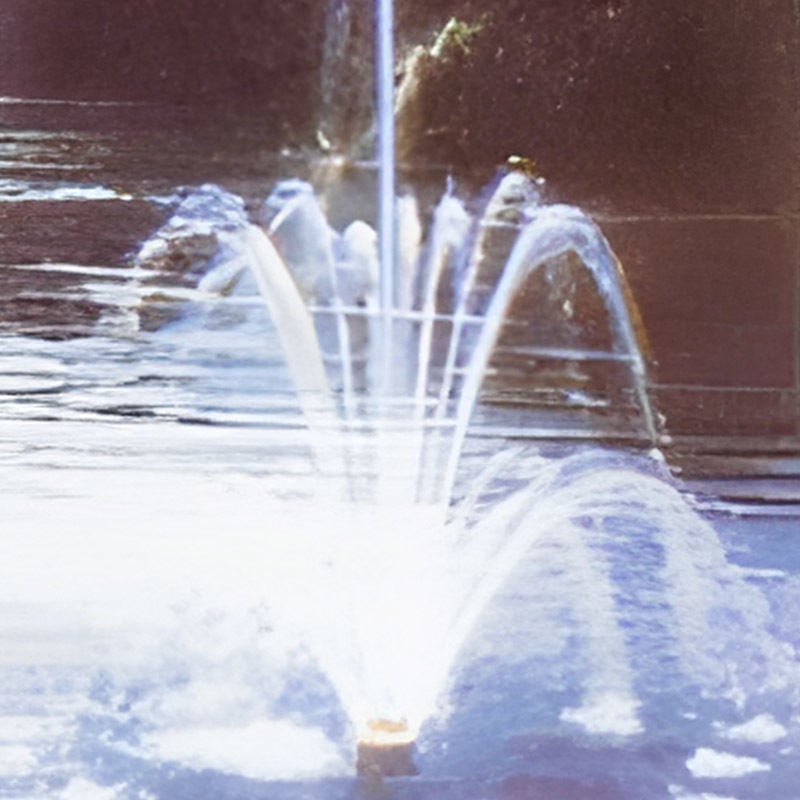Transforming Urban Spaces: The Importance of Pedestrian Plaza Fountains
Apr 27,2025

In the realm of urban design, pedestrian plazas serve as essential communal spaces that foster interaction, relaxation, and enjoyment. Among the myriad features that can enhance these environments, pedestrian plaza fountains stand out as both functional and decorative elements. These water installations not only captivate with their visual appeal but also contribute to the overall atmosphere of the space, making them a vital component in modern urban planning.
One of the primary advantages of incorporating pedestrian plaza fountains is their ability to create a cool and inviting environment. In urban areas, where heat can be exacerbated by concrete and asphalt, fountains provide a refreshing escape. The presence of water helps to lower the surrounding temperature through evaporation, making plazas more comfortable for pedestrians, especially during the warmer months. This cooling effect encourages outdoor activity and enhances foot traffic, benefiting local businesses and community engagement.
Beyond their practical advantages, pedestrian plaza fountains serve as focal points that can enhance the aesthetic appeal of any space. Designers can choose from a variety of styles, ranging from contemporary designs with sleek lines to traditional sculptures that evoke historical significance. The sound of flowing water adds an auditory dimension that promotes relaxation and tranquility, transforming bustling urban environments into serene oases. This sensory experience can significantly improve the quality of life for residents and visitors alike.
Moreover, pedestrian plaza fountains play a crucial role in promoting social interaction. These installations often become gathering spots for individuals and families, encouraging socialization and community bonding. Events such as small concerts, art exhibits, or seasonal celebrations can be organized around these attractions, helping to foster a sense of community and belonging. As people come together in these shared spaces, they form connections that can lead to increased civic pride and community involvement.
From an environmental perspective, pedestrian plaza fountains can contribute to urban sustainability. By incorporating green technologies such as efficient water circulation systems and eco-friendly filtration methods, these installations can minimize water waste and energy consumption. Additionally, fountains can be designed to incorporate native vegetation around them, creating habitats for local wildlife and enhancing biodiversity within urban settings.
In conclusion, pedestrian plaza fountains are more than mere decorative elements; they are integral to the enhancement of public spaces. Their multifaceted benefits—cooling the environment, beautifying urban landscapes, fostering social connections, and promoting sustainability—underscore their significance in contemporary architecture and urban planning. As cities continue to evolve, the thoughtful integration of features like pedestrian plaza fountains will undoubtedly remain a cornerstone of successful urban design.
One of the primary advantages of incorporating pedestrian plaza fountains is their ability to create a cool and inviting environment. In urban areas, where heat can be exacerbated by concrete and asphalt, fountains provide a refreshing escape. The presence of water helps to lower the surrounding temperature through evaporation, making plazas more comfortable for pedestrians, especially during the warmer months. This cooling effect encourages outdoor activity and enhances foot traffic, benefiting local businesses and community engagement.
Beyond their practical advantages, pedestrian plaza fountains serve as focal points that can enhance the aesthetic appeal of any space. Designers can choose from a variety of styles, ranging from contemporary designs with sleek lines to traditional sculptures that evoke historical significance. The sound of flowing water adds an auditory dimension that promotes relaxation and tranquility, transforming bustling urban environments into serene oases. This sensory experience can significantly improve the quality of life for residents and visitors alike.
Moreover, pedestrian plaza fountains play a crucial role in promoting social interaction. These installations often become gathering spots for individuals and families, encouraging socialization and community bonding. Events such as small concerts, art exhibits, or seasonal celebrations can be organized around these attractions, helping to foster a sense of community and belonging. As people come together in these shared spaces, they form connections that can lead to increased civic pride and community involvement.
From an environmental perspective, pedestrian plaza fountains can contribute to urban sustainability. By incorporating green technologies such as efficient water circulation systems and eco-friendly filtration methods, these installations can minimize water waste and energy consumption. Additionally, fountains can be designed to incorporate native vegetation around them, creating habitats for local wildlife and enhancing biodiversity within urban settings.
In conclusion, pedestrian plaza fountains are more than mere decorative elements; they are integral to the enhancement of public spaces. Their multifaceted benefits—cooling the environment, beautifying urban landscapes, fostering social connections, and promoting sustainability—underscore their significance in contemporary architecture and urban planning. As cities continue to evolve, the thoughtful integration of features like pedestrian plaza fountains will undoubtedly remain a cornerstone of successful urban design.
Contact Us
E-mail :
Phone/WhatsApp:
Address:
No. 30 Yongxing Street, Shawan Town, Panyu District, Guangzhou City, Guangdong Province







